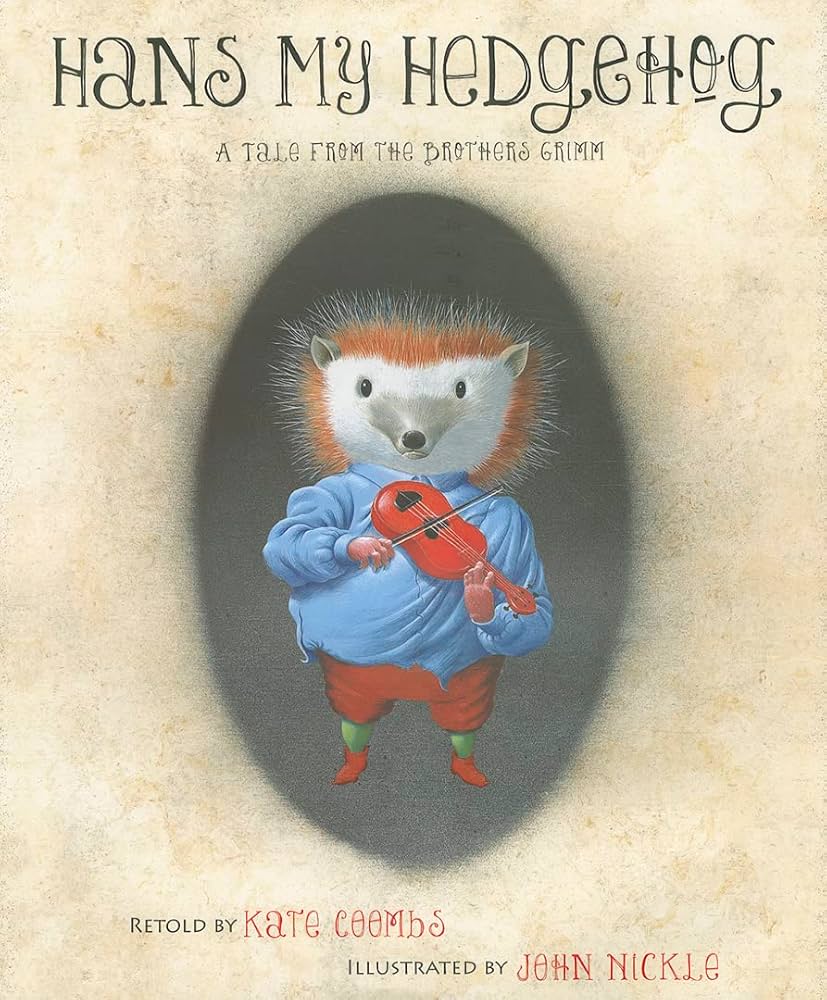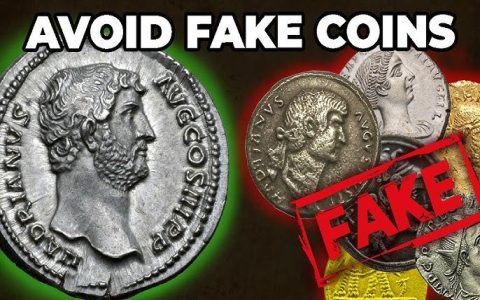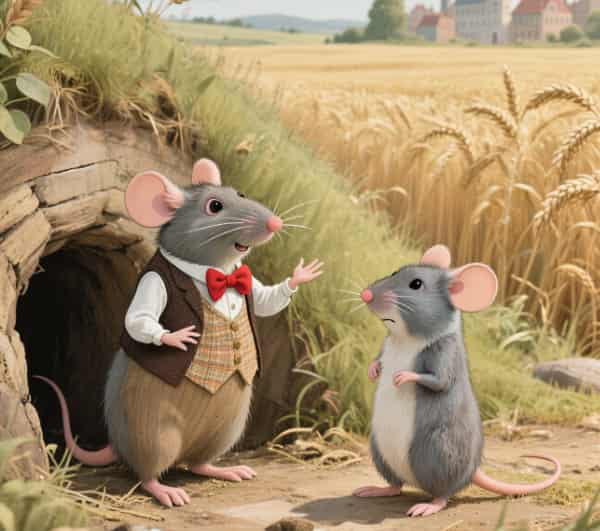Hans the Hedgehog is a fantastical tale from the Grimm’s Fairy Tales, which not only tells the adventures of a half-human, half-hedgehog boy, but also contains a profound moral lesson. Here is a detailed breakdown of this story to help you better understand the moral.
1. Background: The Birth of Hans the Farmer and the Hedgehog
1.1 The Farmer’s Regret
The story begins with a rich farmer who is well off but childless. He is chagrined by the ridicule of the other farmers, and he even says to his wife, “How wonderful it would be if we had a child, even if it was a hedgehog!” The remark seemed like a joke, but it became a reality.
1.2 The Birth of Hans the Hedgehog
Soon after, the farmer’s wife gave birth to a strange child: a hedgehog on top and a boy on the bottom. The couple named the baby “Hans the Hedgehog”. However, because of the child’s unusual appearance, the farmer and his wife were disgusted by him and even considered him a monster.
2. Hans the Hedgehog’s Life Away from Home and in the Woods
2.1 Hans’s Decision
Hans the Hedgehog seems to sense his parents’ indifference, and when he is eight years old, he decides to leave home and never come back. He rode into the forest alone, riding a rooster and playing bagpipes.

2.2 Life in the Forest
In the forest, Hans the Hedgehog lived a free life. He played his bagpipes from time to time and roamed around the forest on a rooster. This went on for many years, until one day a lost king and his entourage came to the forest.
3. The First King’s Deception and Punishment
3.1 The King’s Promise
The king asks Hans the Hedgehog for directions, and Hans makes a condition: the king must write a pledge promising to give Hans the first thing he encounters in front of the palace. The king agrees and returns safely to his country.
3.2 The King’s Deception
The king’s daughter greets him at the palace gates, and the king realizes that he must give his daughter to Hans the Hedgehog. In order to avoid his promise, he writes “not for him” on the pledge, thinking that Hans is illiterate and will not be able to see through his trickery.
3.3 The Arrival of Hans the Hedgehog
Nevertheless, Hans the Hedgehog arrives at the palace. The king tries to get his soldiers to kill him, but Hans flies over the walls on a rooster and enters the palace. The king, trembling with fear, tries to push the princess to Hans, but the princess strongly disagrees. In the push and shove, the Princess and the King are stabbed by Hans’s thorns and blood pours out.
3.4 Hans’s Lesson
Hans the Hedgehog sighed, “Don’t agree to promises you can’t fulfill, that’s the punishment from heaven for you! People like you are so despised!” With that, he left the palace and returned to the forest.
4. The Second King’s Honesty and Reward
4.1 Another Lost King
Soon afterward, another lost king came to the forest. He asked Hans the Hedgehog for directions, and Hans made the same offer. This king honestly writes a pledge, promising to give Hans the first thing he meets in front of the palace.
4.2 The Princess’s Sacrifice
The king’s daughter learns of her father’s promise and resolutely offers to marry Hans the Hedgehog for the sake of her father. Her selflessness and courage contrast with the first king’s deception.
4.3 The transformation of Hans the Hedgehog
When Hans the Hedgehog arrives at the palace, the king fulfills his promise and marries the princess to him. On the night of the wedding, Hans emerges from his hedgehog skin and transforms into a handsome young man. Eventually, he inherits the throne and lives happily ever after with the princess.
5. Moral and Inspiration of the Story
5.1 The Importance of Honesty and Commitment
The story emphasizes the importance of honesty and keeping promises through the comparison of the two kings. The first king is punished for his deception, while the second king is happy because of his honesty.
5.2 The relationship between inner and outer beauty
Although Hans the Hedgehog’s appearance is peculiar, his heart is full of kindness and wisdom. The story tells us that true beauty lies within, not on the outside.
5.3 Courage and Sacrifice
The princess’s spirit of sacrifice shows her courage and selflessness, a quality that eventually leads to a happy life. The story encourages us to have courage and commitment when facing difficulties.
Conclusion
Hans the Hedgehog is not only a fairy tale full of fantasy, but also a mirror reflecting the honesty, courage and kindness in human nature. Through this story, we can learn many valuable life lessons, and we hope these revelations can bring positive influence to your life.




